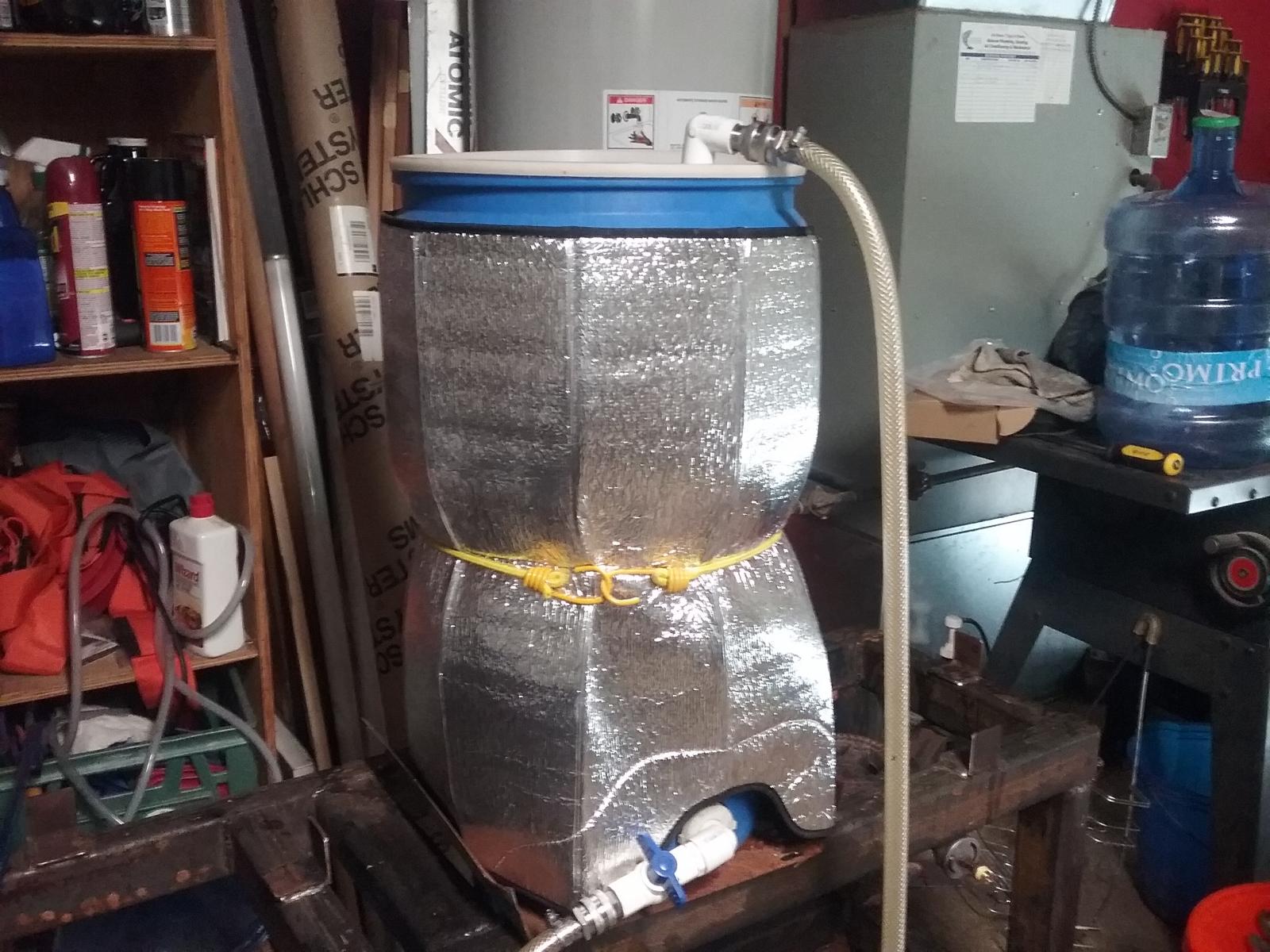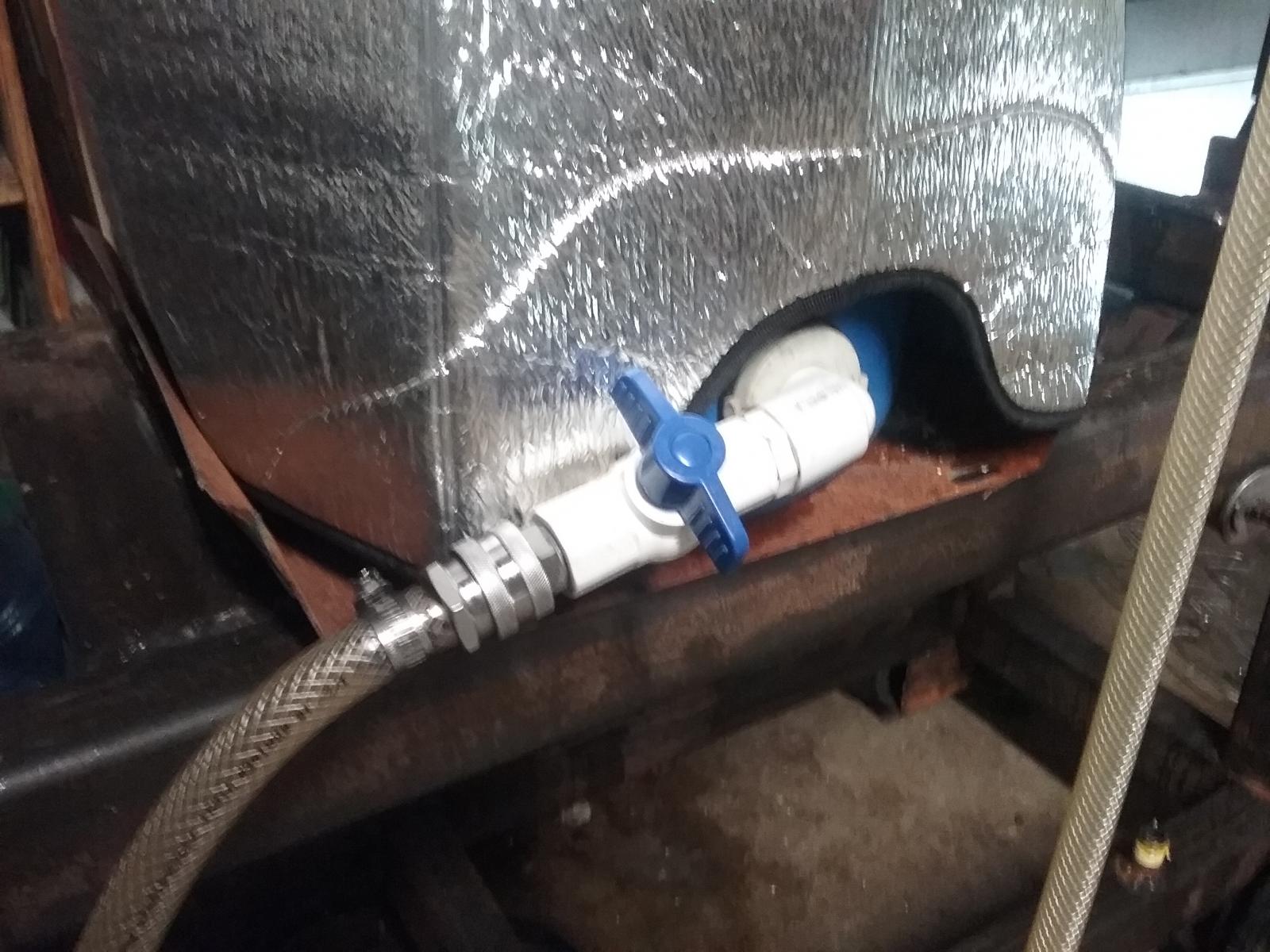Commercially it's common to add the water to the grist (underletting), and I've seen several threads on here that report good results with that approach. It's most popular with folks who have a bottom draining mash tun, especially when they are also incorporating some automation in their process.
It's easiest to avoid dough balls if you add the grist slowly while stirring, but that's also a bit of a pain. I BIAB and when I started I would put the bag in the strike water and then pour the milled grist into the bag slowly while I stirred. Juggling the whisk and the bucket of grist sucked, so now I just mill straight into the bag and dunk the whole bag into the strike water. It takes a couple minutes to break up the clumps, but it's easier than pouring.
None of this answers your question about finished product quality, and unfortunately it's probably something you'd have to test yourself. The topic of grist and mash oxidation, oxidation risks in general, and the sensitivity of an average palate to change, has some pretty interesting debate around it. I think the first step might be to test both approaches on your system using the same recipe and hosting a blind taste test to see if your friends can tell them apart.





